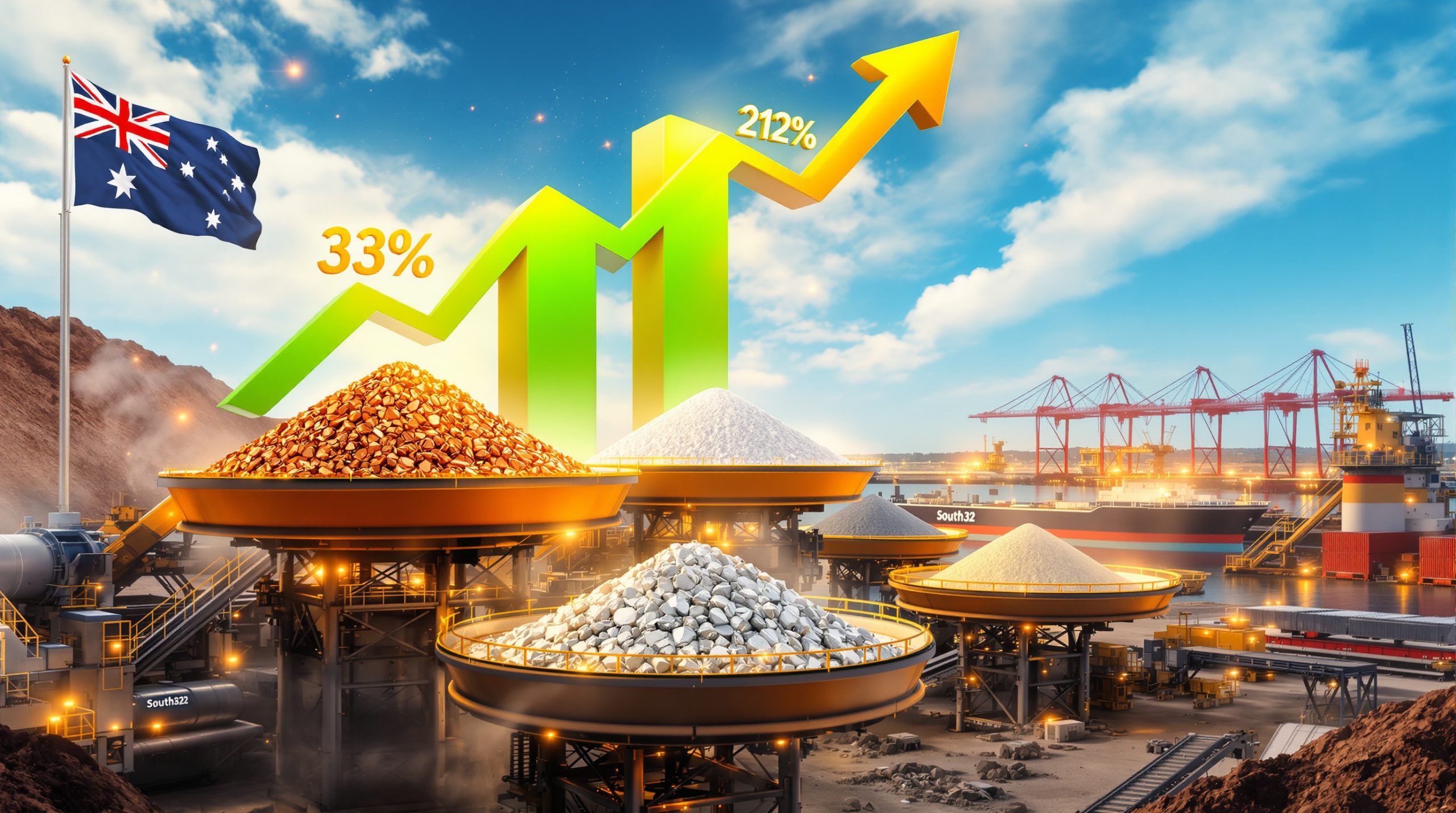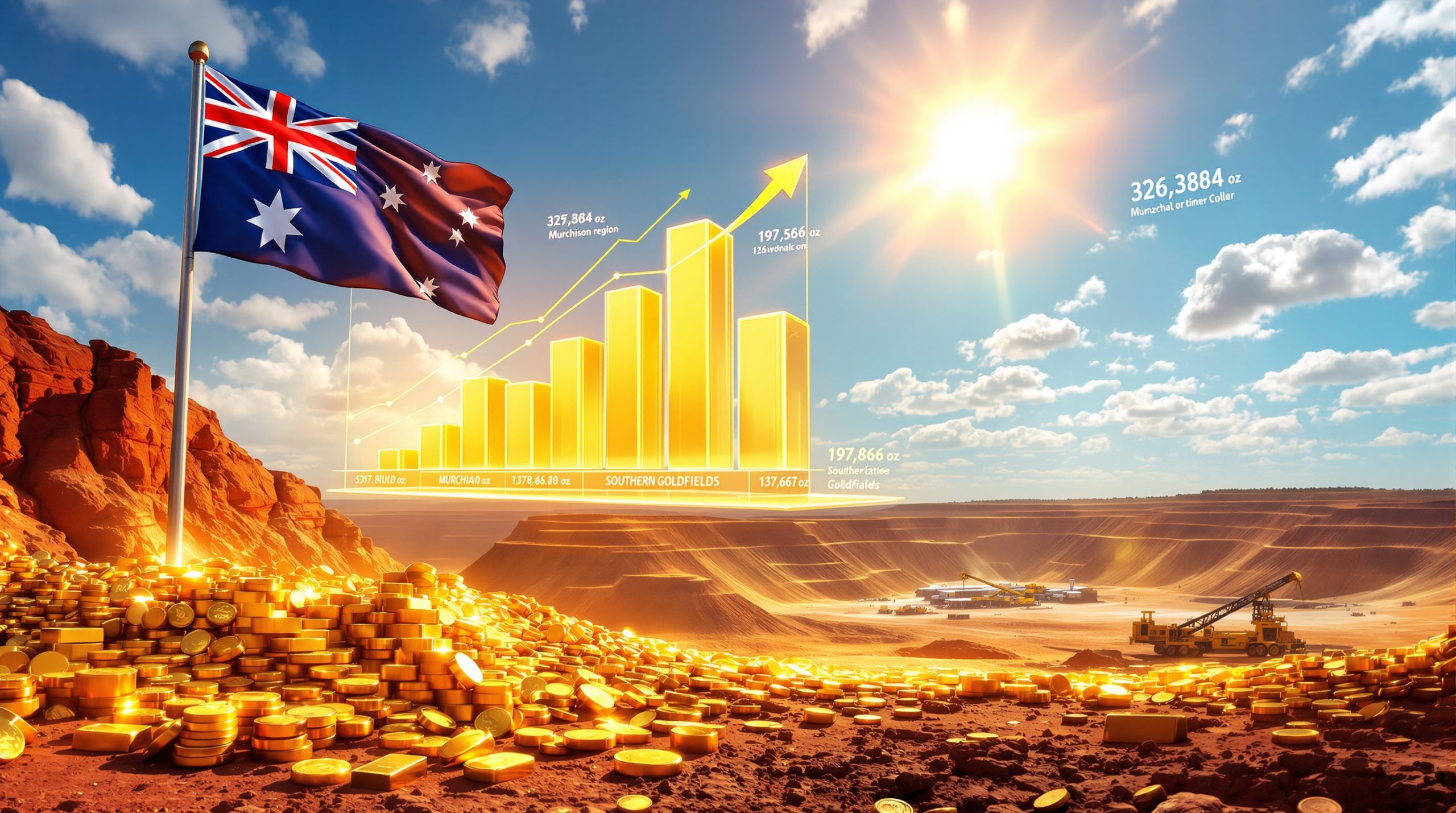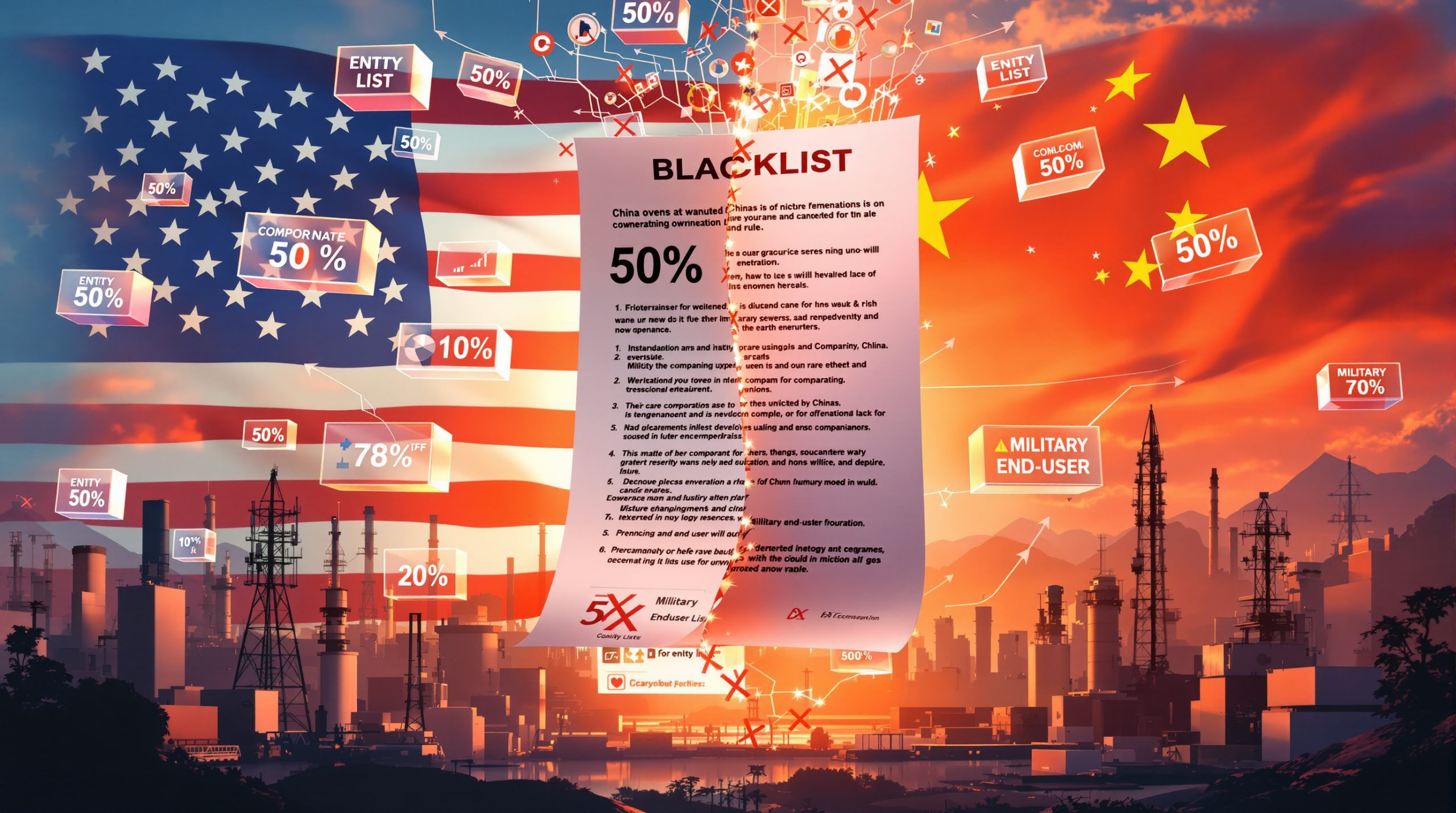Understanding the Recent Iron Ore Price Rally
The global iron ore market has witnessed a remarkable surge in recent weeks, confounding many analysts who had predicted price stability or even declines. As of mid-July 2025, iron ore prices have climbed approximately 4% over the past week, reaching US$99.50 per tonne in Singapore markets—the strongest five-day performance since January 2025. This upward momentum has brought the vital steelmaking ingredient to the doorstep of the psychologically significant US$100 per tonne threshold.
This price strength has translated into substantial gains for major mining companies. BHP Group (ASX:BHP) shares have appreciated between 9-17%, while Rio Tinto (ASX:RIO) and Fortescue Metals Group (ASX:FMG) have similarly benefited from the improving market conditions. These gains have provided critical support to the broader Australian market despite growing international pressures.
"The iron ore price resilience we're witnessing represents a significant divergence from broader market sentiment," notes Jonathan Barratt, Chief Investment Officer at Probis Securities. "While global markets contend with trade uncertainty, iron ore has established its own bullish narrative."
Why Is Iron Ore Rising Against Market Expectations?
Chinese Demand Resurgence
Despite earlier concerns about China's economic slowdown, several key factors have contributed to surprisingly robust iron ore demand:
-
Infrastructure stimulus renewal – The National Development and Reform Commission (NDRC) has approved ¥870 billion (approximately US$120 billion) in new infrastructure projects since April 2025, focusing on transportation, water conservation, and urban development.
-
Seasonal buying patterns – Chinese steel mills traditionally increase procurement during mid-year periods to prepare for peak construction season in Q3.
-
Manufacturing resilience – China's manufacturing PMI has remained above 50 for three consecutive months, indicating expansion despite broader economic headwinds.
-
Steel production outperformance – Chinese crude steel output reached 94.5 million tonnes in June 2025, exceeding analyst forecasts by approximately 3.8%.
Supply-Side Constraints Tightening the Market
Several supply-related factors have coincided to create tighter market conditions:
-
Port inventory drawdowns – Iron ore stockpiles at Chinese ports have declined to 125.6 million tonnes, approximately 15% below the five-year average for this time of year, according to data from Mysteel Global.
-
Shipping disruptions – Ongoing congestion at key Brazilian ports has delayed approximately 6.5 million tonnes of expected shipments in Q2 2025.
-
Weather-related production impacts – Unseasonal rainfall in Western Australia's Pilbara region during May-June 2025 reduced output by an estimated 4.8 million tonnes across major producers.
-
Quality premium expansion – The premium for high-grade ore (65% Fe) over benchmark (62% Fe) has widened to US$19 per tonne, reflecting both environmental policy pressures and efficiency demands.
Market Sentiment Shift
The technical market picture has also evolved significantly:
-
Short position unwinding – Commodity Futures Trading Commission (CFTC) data shows speculative short positions in iron ore futures have decreased by 32% since early June, indicating a major shift in trader sentiment.
-
Technical buying triggers – The breakthrough of the US$95 per tonne resistance level activated algorithmic buying programs and stop-loss orders.
-
Momentum indicators strengthening – The Relative Strength Index (RSI) for iron ore futures has moved from 42 to 68 over the past month, indicating strengthening bullish momentum without reaching overbought territory.
-
Improved steel margin environment – Chinese steel mill profitability has improved by approximately 15% since May, encouraging higher capacity utilization and raw material procurement.
How Global Trade Tensions Are Reshaping Iron Ore Markets
Tariff Policies Creating Market Uncertainty
Recent trade policy developments have introduced significant volatility across commodity markets:
- The implementation of 35% tariffs on Canadian imports announced on July 8, 2025
- New 30% levies on both EU and Mexican goods effective from August 1, 2025
- Threatened expansion of tariff policy impact to include additional trading partners
- Growing concerns about potential retaliatory measures disrupting global supply chains
While these tariffs don't directly target iron ore, they have created a broader environment of uncertainty that ironically benefits certain commodities viewed as safe havens.
Australia's Unique Position
Australia occupies a privileged position within this turbulent trade landscape:
| Country | Iron Ore Exports to China | % of Total Exports |
|---------------|---------------------------|-------------------|
| Australia | 656 million tonnes | 61% |
| Brazil | 225 million tonnes | 21% |
| South Africa | 57 million tonnes | 5% |
| Other | 139 million tonnes | 13% |
Source: China Customs Data, 2024
This dominance provides several strategic advantages:
- Limited substitutability – China's steel industry relies on Australian iron ore's high quality and reliable supply.
- Export diversification buffer – Iron ore represents approximately 32% of Australia's total goods exports, providing stability even as other exports face challenges.
- Geopolitical insulation – Despite periodic diplomatic tensions, the iron ore trade relationship between Australia and China has remained remarkably resilient.
"The Australia-China iron ore relationship represents one of the most mutually dependent trade partnerships in the global economy," explains Dr. Jennifer Parker, Resource Economics Fellow at the University of Melbourne. "Neither party can easily disengage without significant economic consequences."
The Geopolitical Risk Premium
Market participants are increasingly pricing in a "geopolitical risk premium" across commodity markets:
- Insurance cost increases – Maritime insurance premiums for bulk carriers have risen 22% year-over-year.
- Strategic stockpiling – Several nations have expanded strategic mineral reserves by an average of 18% since 2023.
- Longer-term contracting – Steel producers have increased the proportion of long-term supply agreements by approximately 14% compared to spot market purchases.
- Geographic diversification efforts – Major steel producers have initiated feasibility studies for alternative supply sources, though significant shifts remain years away from implementation.
What's Next for Iron Ore Prices?
Short-Term Price Catalysts to Watch
Several upcoming events will likely influence price direction in the coming weeks:
-
Production reports – BHP, Rio Tinto, and Fortescue will release quarterly production data between July 18-25, 2025, providing crucial insight into supply dynamics.
-
Chinese economic indicators – The release of Q2 GDP (expected July 16), industrial production figures, and fixed asset investment data will shape demand expectations.
-
Policy announcements – China's Politburo meeting in late July may signal additional infrastructure stimulus measures.
-
Inventory movements – Weekly port inventory data from Mysteel will indicate whether drawdowns are accelerating or reversing.
Technical Price Analysis
From a technical perspective, iron ore faces several key levels:
- Primary resistance at US$100 per tonne – A sustained break above this level could trigger momentum-based buying toward US$110.
- Support zone between US$94-96 per tonne – This range has provided a floor during recent pullbacks.
- Volume profile showing accumulation – Trading volumes have averaged 31% higher on up days versus down days over the past three weeks.
- Moving average convergence – The 50-day moving average (US$92.70) is now trending upward toward the 200-day (US$96.30), potentially forming a "golden cross" pattern that often signals bullish momentum.
Divergent Analyst Perspectives
Market analysts remain divided on the sustainability of current price forecast insights:
Bullish case:
- Seasonal strength typically continues through August-September
- Limited new supply projects coming online before 2027
- Potential for additional Chinese stimulus before year-end
- Technical momentum indicators supporting continued upward movement
Bearish case:
- Chinese property sector remains structurally challenged
- High-cost producers may restart idled capacity if prices remain elevated
- Potential for profit-taking after recent strong gains
- Historical resistance at US$100-105 likely to prove formidable
"We're seeing a temporary supply-demand mismatch rather than a fundamental shift in market structure," cautions Wei Zhang, Head of Commodities Research at Morgan Stanley Asia. "While near-term momentum remains positive, the medium-term outlook suggests normalization toward the US$85-95 range."
Iron Ore's Impact on the Australian Economy
ASX Market Effects
The iron ore price increase has created significant ripple effects across Australian financial markets:
- Resources sector outperformance – The S&P/ASX 200 Resources index has outperformed the broader market by 7.8% since June.
- Market stabilization – Despite negative leads from international markets, ASX futures have shown limited downside (-0.29%).
- Volume concentration – Resource stocks have accounted for approximately 37% of ASX trading volume in July, up from a 22% historical average.
- Sentiment improvement – The Australian VIX (volatility index) has declined by 11% even as global volatility measures have increased.
Economic Implications
The broader economic impacts extend beyond financial markets:
-
Trade surplus expansion – Each US$10 per tonne increase in iron ore prices adds approximately AU$13 billion to Australia's annual export earnings.
-
Government revenue boost – Western Australia collects a 7.5% royalty on iron ore above US$100 per tonne, while the federal government benefits through corporate tax receipts.
-
Employment stability – The mining sector directly employs over 278,000 Australians, with each mining job supporting approximately 3.2 additional positions throughout the economy.
-
Regional economic resilience – Key mining regions like the Pilbara have maintained unemployment rates 1.2 percentage points below the national average.
Currency Impacts
The Australian dollar, currently trading at 65.7 US cents, has shown moderate correlation with iron ore price trends:
| Iron Ore Price Change | Historical AUD/USD Response |
|-----------------------|----------------------------|
| +10% | +1.8% (average) |
| +5% | +0.9% (average) |
| -5% | -0.7% (average) |
| -10% | -1.5% (average) |
Source: Reserve Bank of Australia, Currency Correlation Analysis, 2024
This relationship creates a complex balance of effects:
- Positive for resource exporters – Higher commodity prices offset any currency appreciation impacts on competitiveness.
- Mixed for manufacturing – Input costs for steel-using industries may rise, but currency stability supports planning.
- Import cost moderation – A stronger AUD helps contain imported inflation pressures.
- Interest rate implications – Commodity-driven economic strength may influence RBA policy decisions.
Investment Considerations for Iron Ore Exposure
Direct Mining Investments
For investors seeking direct exposure to iron ore prices, several options exist with varying risk-reward profiles:
Major producers:
- BHP Group (ASX:BHP) – Diversified miner with substantial iron ore operations and a C1 cash cost of approximately US$15.50 per tonne.
- Rio Tinto (ASX:RIO) – Premium assets in the Pilbara region with industry-leading ore quality and established infrastructure.
- Fortescue Metals Group (ASX:FMG) – Pure-play iron ore producer with breakeven costs around US$32 per tonne and growing green energy initiatives.
Mid-tier producers:
- Champion Iron (ASX:CIA) – High-grade producer in Canada's Labrador Trough with expansion projects underway.
- Mount Gibson Iron (ASX:MGX) – Smaller producer with higher operational leverage to price movements.
Development projects:
- Magnetite Mines (ASX:MGT) – Developing the Razorback high-grade magnetite project in South Australia.
- Strike Resources (ASX:SRK) – Advancing the Paulsens East iron ore project in Western Australia.
Indirect Exposure Options
Investors can also gain indirect exposure through related sectors:
-
Mining services companies:
- Mineral Resources (ASX:MIN) – Combines mining operations with crushing and processing services
- NRW Holdings (ASX:NWH) – Provides contract mining, civil construction, and drill and blast services
- Monadelphous Group (ASX:MND) – Engineering and maintenance services to resource companies
-
Infrastructure operators:
- Aurizon Holdings (ASX:AZJ) – Rail freight operator transporting significant iron ore volumes
- Qube Holdings (ASX:QUB) – Logistics provider with port and bulk handling operations
-
Diversified exposure:
- VanEck Australian Resources ETF (ASX:MVR) – Provides diversified exposure to the Australian resources sector
- BetaShares Global Resources ETF (ASX:MNRS) – Broader global resources exposure including iron ore producers
Risk Factors to Monitor
Prudent investors should monitor several risk factors that could impact iron ore investments:
- Chinese property market performance – The sector accounts for approximately 35% of China's steel consumption.
- Environmental policy changes – Increasing focus on emissions reduction could affect traditional steel production methods.
- Supply expansion plans – Major producers typically respond to sustained high prices with capacity increases.
- Australian dollar movements – Currency appreciation can impact realized returns for international investors.
- Alternative steel technologies – Hydrogen-based direct reduced iron (DRI) technology reduces reliance on traditional iron ore.
Disclaimer: The information provided in this article is for general informational purposes only and should not be considered as investment advice. Commodity markets can be volatile, and past performance is not indicative of future results. Investors should conduct their own research or consult with a financial advisor before making investment decisions.
Frequently Asked Questions About Iron Ore Price Movements
What is driving the current iron ore price increase?
The recent 4% price increase is primarily attributed to three key factors:
-
Stronger-than-expected Chinese demand – Infrastructure stimulus initiatives and resilient manufacturing activity have supported steel production and iron ore consumption.
-
Supply constraints – Weather disruptions in key production regions, shipping delays, and lower-than-average port inventories have created temporary tightness in the physical market.
-
Improved market sentiment – Technical buying patterns, short covering by speculators, and the commodity's perceived role as a hedge against broader trade tensions have attracted investment flows.
How are Australian mining companies benefiting from higher iron ore prices?
Major miners surging insights show multiple benefits from the price strength:
- Share price appreciation of 9-17% for companies like BHP, Rio Tinto, and Fortescue
- Expanded profit margins – With production costs for major Australian producers ranging from US$15-35 per tonne, current prices around US$99.50 generate substantial operating margins
- Dividend potential – Higher free cash flow typically translates to improved shareholder returns
- Capital investment opportunities – Sustained price strength supports development of marginal deposits and operational improvements
Will iron ore prices continue to rise in the second half of 2025?
The sustainability of the current rally depends on several factors:
- Chinese economic performance – Particularly infrastructure investment and manufacturing activity
- Supply response capabilities – Whether currently idled capacity can be quickly reactivated
- Inventory rebuilding cycle – Whether port stocks will be replenished or further depleted
- Seasonal patterns – Historically, iron ore has shown strength in late Q2 through Q3
Most analysts project a period of consolidation around the US$95-105 range, with potential for volatility around key economic data releases and production reports.
How do iron ore prices affect the Australian dollar?
The Australian dollar, currently trading at 65.7 US cents, has a well-established relationship with iron ore prices:
- Iron ore exports represent approximately 32% of Australia's total goods exports
- Historically, a 10% change in iron ore prices correlates with roughly a 1.8% move in the AUD/USD exchange rate
- This relationship can be temporarily overshadowed by broader factors like interest rate differentials and global risk sentiment
- The correlation strengthens during periods of significant price movements or when iron ore prices diverge from broader commodity trends
What impact do US tariff policies have on iron ore markets?
While recent US tariffs on Canada (35%), EU and Mexico (30%) don't directly target iron ore, they influence the market through several mechanisms:
- Market uncertainty – Broader trade tensions increase volatility across commodity markets
- Steel demand implications – Tariffs affecting steel products can indirectly impact iron ore demand
- Risk premium incorporation – Geopolitical uncertainty tends to support hard asset valuations
Want to Catch the Next Major Mineral Discovery?
Discover why significant mineral findings can lead to exceptional market returns by exploring Discovery Alert's dedicated discoveries page, where their proprietary Discovery IQ model transforms complex mineral data into actionable investment insights that can position you ahead of the market.




